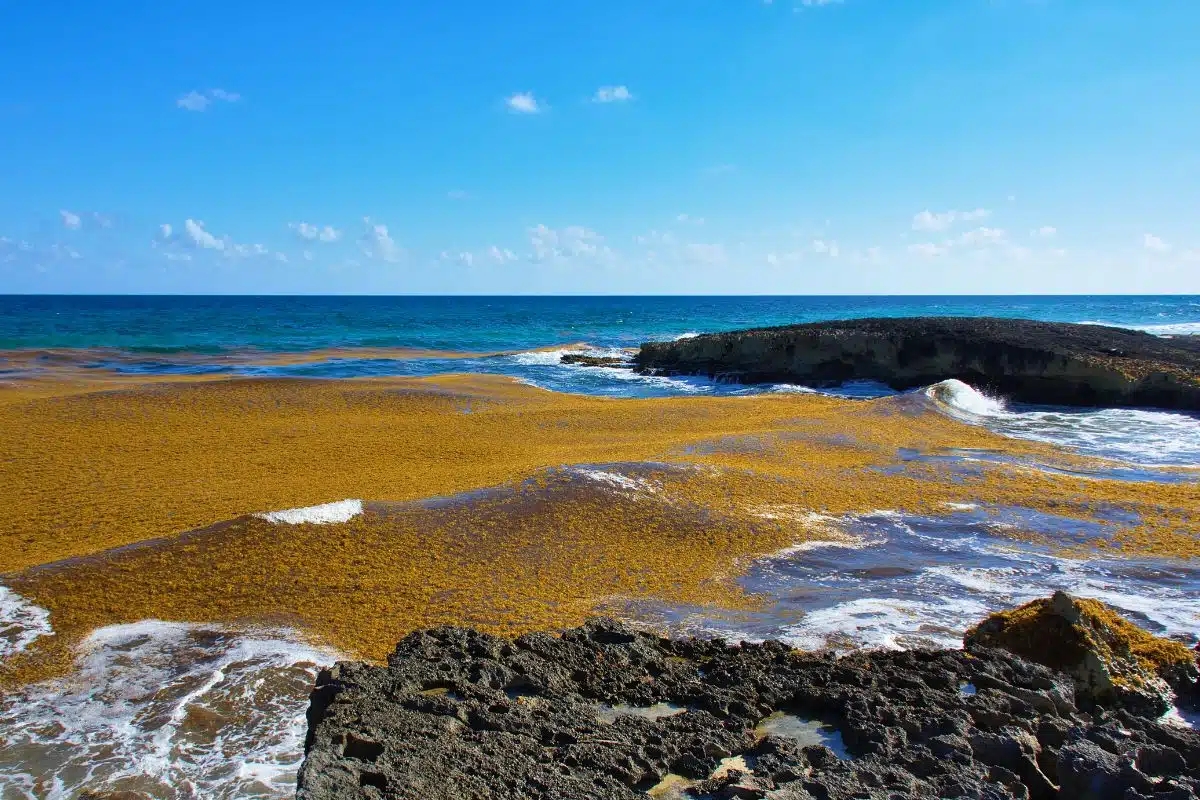Sargassum Seaweed is invading Florida beaches. The predicted impact will be worse than previous years.
Since they were made aware of the problem, the authorities have cleaned the beaches. However, the seaweed season’s peak is about to arrive.
Sargassum is it dangerous to eat?
Sargassum is often a brown seaweed with leaves. It is often seen floating on top of the water. It was first found in the Sargasso sea, an area of the Atlantic Ocean.
Sargassum Information Hub states that the algae is “food and shelter for fish and mammals as well as seabirds, crabs, and more”.
It can be beneficial to the ecosystem in most cases. Dolphins and turtles can also suffocate when they cannot break through a thick layer of water. Plants on the ocean’s floor may also die without sunlight.
Sargassum can also be harmful to humans. The ammonia it emits smells like rotten eggs and is accompanied by hydrogen sulfide. Inhaling the gas can lead to problems with skin, lungs, and brain. This gas can cause symptoms such as nausea, breathing difficulties, and skin irritation. Sargassum exposure can be deadly.
In Guadeloupe & Martinique there were approximately 11,000 cases of sargassum toxicity in 2018. Patients complained of headaches, skin irritations, vertigo and shortness in breath.
Sargassum exposure cannot be treated in any way. The symptoms are usually minor and will improve over time. If symptoms worsen, it is best to consult a doctor. Avoiding seaweed is best. It is not recommended to walk on the beach, especially if it smells like rotten egg.
The sargassum blossom has also affected the tourism industry in Florida. According to Dr. Gustavo Jorge Gonie of the National Oceanic and Atmospheric Administration (NOAA), travelers should check their beach for sargassum before going. He shared:
We’re working on early warning systems – high resolution satellite images in coastal areas to better show what is actually going to hit a beach over the next 48 or 24 hours.






